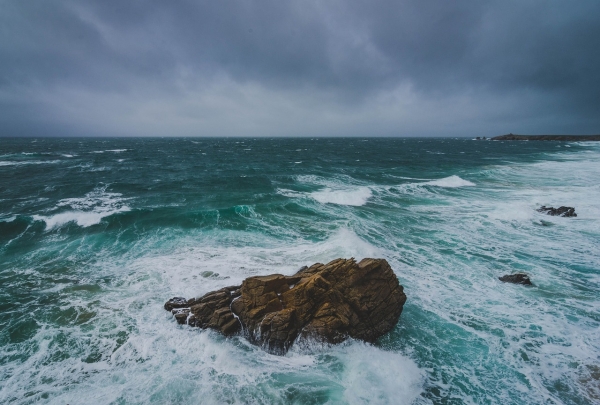Getting climate models to mimic real-time observations when it comes to warming is critical – small discrepancies can lead to misunderstandings about the rate of global warming as the climate changes.
Getting climate models to mimic real-time observations when it comes to warming is critical – small discrepancies can lead to misunderstandings about the rate of global warming as the climate changes. A new study from North Carolina State University and Duke University finds that when modeling warming trends in the Pacific Ocean, there is still a missing piece to the modeling puzzle: the effect of wind on ocean currents in the equatorial Pacific.
“The Pacific Ocean can act like a thermostat for the global climate,” says Sarah Larson, assistant professor of marine, earth and atmospheric sciences at NC State and coauthor of the study. “If the Pacific warms quickly, for example, it can accelerate warming globally. Similarly, if it warms at a slower pace, this can slow down our rate of global warming.”
Over the last several decades, scientists have noted a complicated warming pattern in the tropical Pacific, with eastern and western Pacific waters warming while a slight cooling effect was seen in the central Pacific close to the equator. When scientists attempted to model this warming pattern by feeding historical data into the models, they found that current models could not reproduce the observed pattern.
Read more at North Carolina State University
Photo Credit: Aurélien-Barre via Pixabay




